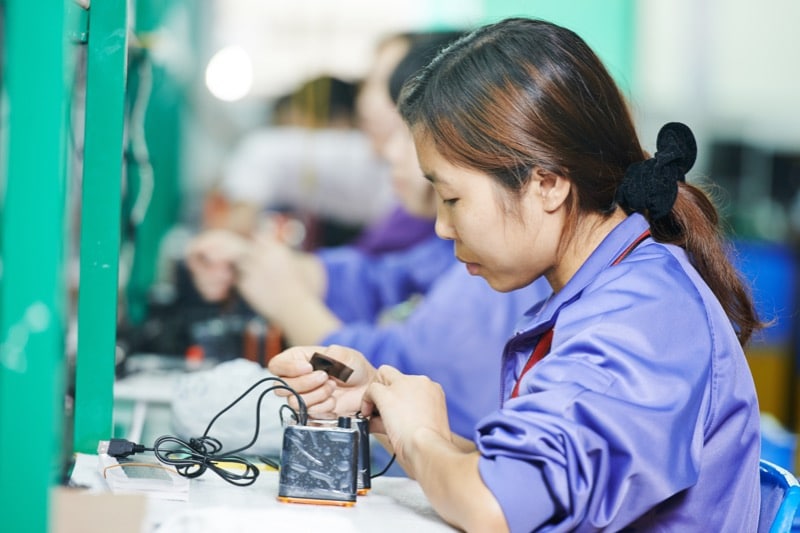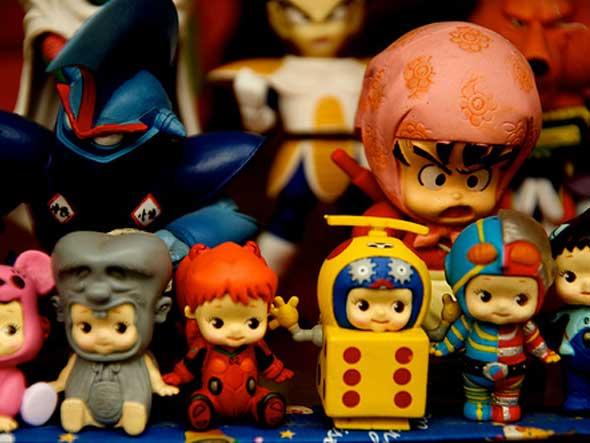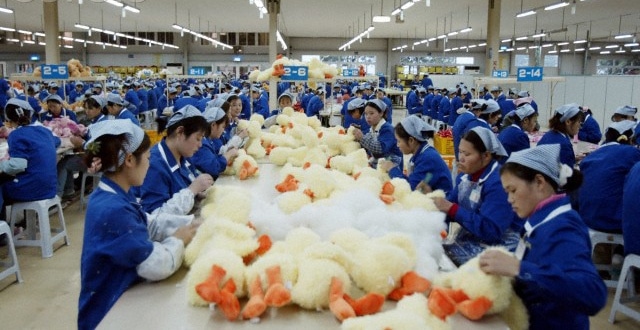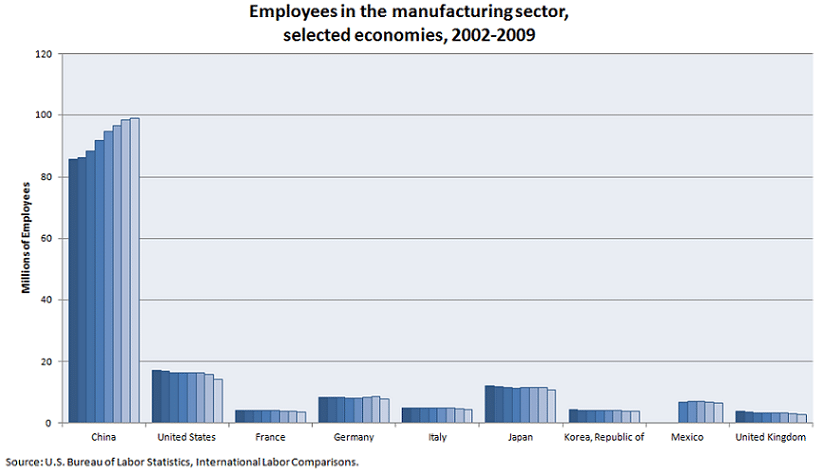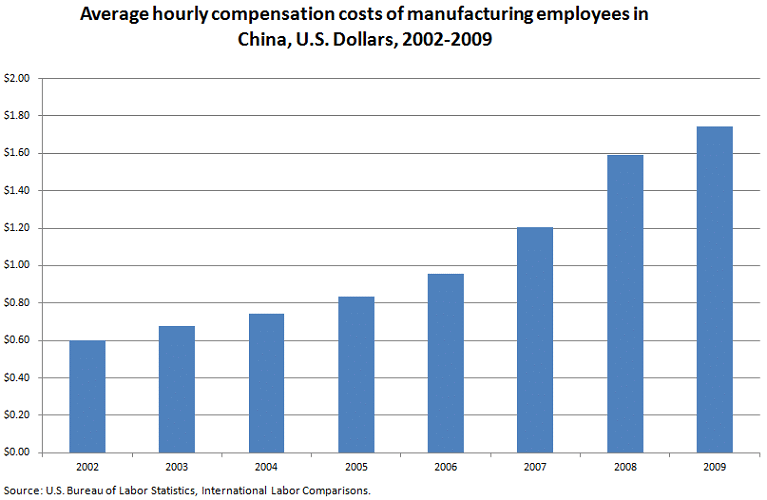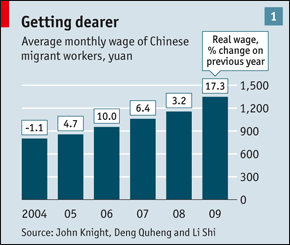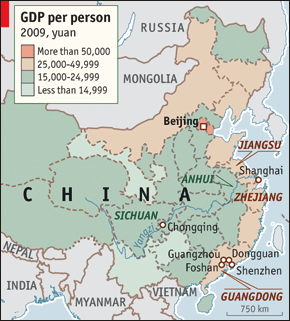Interested in learning more about China Manufacturing along with some facts & figures? This article will go in detail just how successful this country is when it comes to the manufacturing industry.
In 2017, China regained its position as the world’s largest economy and largest exporter. Also, the country sent 18 percent of its exports to the United States last year.
Now $34 billion dollars worth of products are subject to a 25 percent Chinese tariff, forcing some businesses to expand their manufacturing and production outside China.
Chinese Manufacturing: The World’s Factory
If it feels like you see the words “Made in China” on everything you buy nowadays…
…there’s a good reason for that.
China is considered “the world’s factory” and although global manufacturing continues to shift around different countries, China is still the biggest player in the field.
Here are a few stats to back that up.
In 2011, China officially became the world’s largest manufacturing nation. It ended the U.S.’s 110-year run as the number one country in factory production. In 2009, the U.S. created 19.9% of the world’s manufacturing output, compared to China’s 18.6%.
According to a 2008 National Geographic cover story China: Inside the Dragon
- 70% of the world’s umbrellas are made in China.
- 60% of the world’s buttons are made in China.
- 9% of Chinese goods sent to the U.S. end up on Wal-Mart’s shelves.
- 72% of U.S. shoes were made in China.
- 85% of all U.S. artificial Christmas lights are made in China.
- 50% of U.S. kitchen appliances are made in China.
- 50% of U.S. toys are made in China.
Chinese Workforce and Wages
Of course, this massive manufacturing capability requires a substantial workforce. Thankfully, China’s massive population provides plenty of human resources to tackle this need.
Here are a few facts about China’s workforce and the wages they are paid.
China has the world’s largest manufacturing workforce with over 112 million workers.
As you can see in the chart below, China has more employees in the manufacturing sector than the US, France, Germany, Italy and Japan combined.
The average Chinese manufacturing worker only makes US$1.75 an hour.
This stat comes from the US Bureau of Labor Statistics and it’s a crazy low amount when you consider that this is only about 2.7% of their American counterparts.
The era of cheap Chinese labor will be over soon.
Having risen during the first decade of the 21st century, the number of Chinese aged 15 to 29 will drop off sharply after 2011, according to the United States Census Bureau.
According to The Economist, “A number of economists believe China has reached a turning-point in its development, having exhausted its supply of surplus labor.”
China’s manufacturing is predicted to move to the inland provinces
This will happen as wages continue to rise in the wealthier coastal provinces. The Economist writes, “The next China may instead lie closer to home: within China’s borders, but away from its coasts.”
Final Thoughts: China Manufacturing Statistics
While China remains the king of manufacturing in Asia and across the globe, this is slowly shifting. Predatory business practices, corporate espionage and other factors have many companies moving to Vietnam, Thailand and other countries for manufacturing.
It’s interesting to consider how manufacturing in China will change over the next 10 years.
Will China evolve into a skills-based economy? Only time will tell.
If you found this interesting, you might also enjoy reading about China tourism statistics, a few interesting facts about China’s energy and pollution, and plenty of other fascinating China facts.

